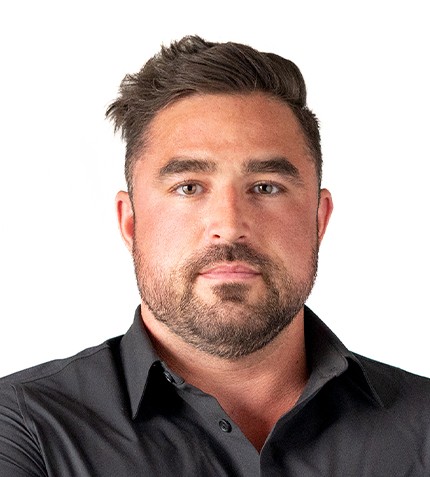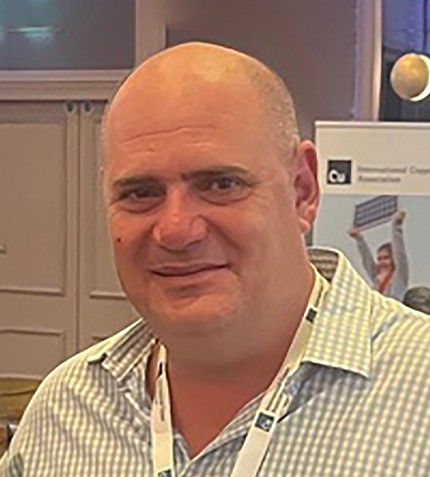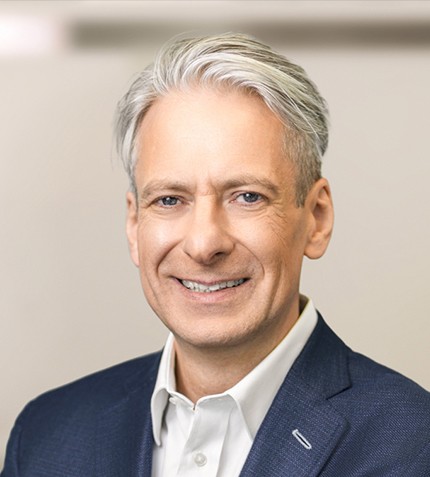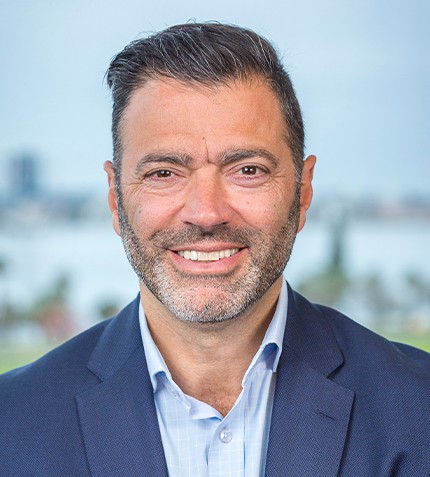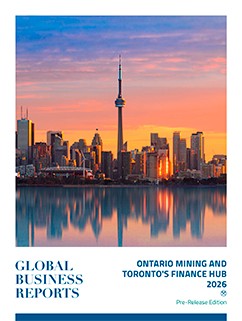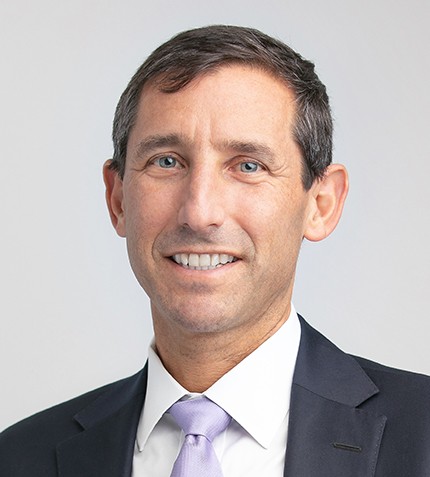
"Red Lake has got all the hardware – it’s the culture and software that we believe needs to change. We made a number of changes on the hardware front, decommissioning 56 of the 140 pieces of equipment that were underground; decommissioning two of the five shafts that were operating, and automating two shafts."
Jake Klein
EXECUTIVE CHAIRMAN, EVOLUTION MINING
Can you give us a brief overview of Evolution Mining and its portfolio of assets in Australia and Canada?
Evolution is only nine years old, and we started with the clear objective to become a globally relevant mid-tier gold company. We believe that the mid-tier space gets the best shareholder returns over the long term, because you are large enough to fund your own growth, but small enough where discovery can still make a positive impact on your valuation. We are of the view that six to eight assets is the ideal number to own, and we currently own six: four producing mines in Australia, one in Canada, and one economic interest in the Ernest Henry copper-gold mine in Queensland. Today (October 2020) Evolution’s market cap sits at just under A$10 billion, making us the third largest Australian-listed gold company.
What led to the acquisition of the Red Lake mine from Newmont Goldcorp in November 2019?
Three years ago while looking for growth opportunities, we identified Canada as a region that was complementary to Australia in terms of its mining tradition, legal framework and prospective geology. We did several due diligences on assets for which we eventually declined, and then the opportunity arose to acquire the Red Lake asset as Newmont had just completed the Goldcorp deal. In the 2000s, Red Lake really transformed Goldcorp into the most valuable gold company in the world after it consolidated the Dickenson, Campbell and Cochenour mines and discovered the famous 7 million ounce high-grade zone. However, the operation never really adapted to its future where it would need to mine lower grade ounces because the high-grade zone had been depleted and the operation had a high cost-structure. In order to build sustainable, profitable future, the mine needed to recapitalize, recalibrate, and invest in the necessary exploration and development. Newmont recognized and understood this but had other larger priorities that required their focus and therefore decided to sell it. They really liked the prospectivity of the area and therefore the contingency payment mechanism was agreed if we discover more ounces and suited both parties objectives.
How is your approach to mining Red Lake different to previous operators?
When we officially took over the project on April 1st, 2020, it was a mine that was headed for closure in many respects. However, we have looked at it through a different lens, bringing together the Dickenson, Campbell and Cochenour mines and running them as a significant single operation with a view that we can mine it more productively at lower grade. The previous mine engineers never thought that anything less than 15 grams per ton (g/t) would make it into the mine plan, and anything that was drilled at less than 3-4 g/t was not even assayed. 7 or 8 g/t is very high grade from an Australian mining perspective, and we see outstanding opportunity for the future of the mine.
The base case when we acquired the mine was to transform the asset to a producer of more than 200,000 oz/y Au at an AISC of less than US$1,000/oz. We have now recalibrated our expectations to say that we will be able to produce between 300,000 oz/y and 500,000 oz/y in the longer term. The first step was to take a database of 6 million assays and 142 geological block models, and consolidate that down to 19 larger block models, giving us a JORC-compliant resource base of 11 million ounces (Moz).
What operational changes have been made to restructure and modernize the mine?
Red Lake has got all the hardware – it’s the culture and software that we believe needs to change. We made a number of changes on the hardware front, decommissioning 56 of the 140 pieces of equipment that were underground; decommissioning two of the five shafts that were operating, and automating two shafts. Neither of the two mills were operating at full capacity, so we shut the Red Lake mill down until we can fill up the Campbell mill. Furthermore, we are spending a lot of money on exploration, with six diamond drill rigs operating underground to infill the resources to convert to reserves, and to discover more ounces.
On the culture side, we reduced leadership team from 13 to seven and reduced the workforce from 1,150 to 700 people. We are keen to introduce an approach where people are incentivized for performance rather than just working for fixed pay. We have found that sharing the benefits of success has worked well at Evolution’s Australian operations, which ultimately produces more gold, more efficiently and safely.
Do the mills have the capacity to process the planned increase in production?
At the moment the operation is mine-constrained as we are not yet hoisting enough material to the surface, but the longer term plan is to make it mill-constrained. The sequencing we are looking at begins with the Upper Campbell area, which has 4.3 Moz near-surface at 10.5 g/t. A decline development has already been permitted, and we should commit to this in the next six months. We are also working on a new reserve statement which will be informed by the 11 Moz of resources we have already released.. We expect the resource to grow significantly, and the results of the study (which should be out by June 2021) will indicate how best to mine it, including what is the best milling strategy, whether that be building a new mill or cooperating with other mills in the area.
Red Lake has become a hive of activity in the last few years. Do you see consolidation on the horizon?
At this point we have almost too much opportunity in front of us in the Red Lake asset which we own. Whilst we do see long-term opportunities to consolidate in the region and see it as a district-scale opportunity, we are not anxious to start acquiring things in the near-term. Moreover, a lot of the projects in the region are still early-stage and have a long way to go to prove their economic viability.
Do you have a final message for investors, and for the Ontario mining community?
Evolution Mining recognizes that this is a cyclical industry and needs to build a business that can prosper through any cycle, with a view that margin is much more important than volume. We have paid 15 consecutive dividends, and focused on the things that bring shareholder value, such as how much cash per ounce and cash per share we are producing, and what are our reserves and resources per share.
By the end of 2021 we want to be demonstrating that Red Lake was a superb acquisition, well on its way to being restored to a world-class asset.




